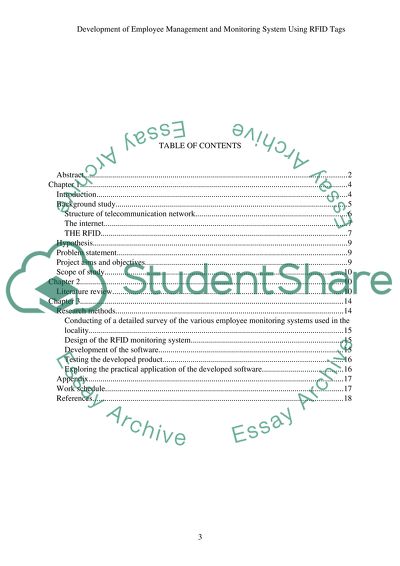Cite this document
(“Telecommunication and Networks Essay Example | Topics and Well Written Essays - 3250 words”, n.d.)
Telecommunication and Networks Essay Example | Topics and Well Written Essays - 3250 words. Retrieved from https://studentshare.org/technology/1508343-telecommunication-and-networks
Telecommunication and Networks Essay Example | Topics and Well Written Essays - 3250 words. Retrieved from https://studentshare.org/technology/1508343-telecommunication-and-networks
(Telecommunication and Networks Essay Example | Topics and Well Written Essays - 3250 Words)
Telecommunication and Networks Essay Example | Topics and Well Written Essays - 3250 Words. https://studentshare.org/technology/1508343-telecommunication-and-networks.
Telecommunication and Networks Essay Example | Topics and Well Written Essays - 3250 Words. https://studentshare.org/technology/1508343-telecommunication-and-networks.
“Telecommunication and Networks Essay Example | Topics and Well Written Essays - 3250 Words”, n.d. https://studentshare.org/technology/1508343-telecommunication-and-networks.


